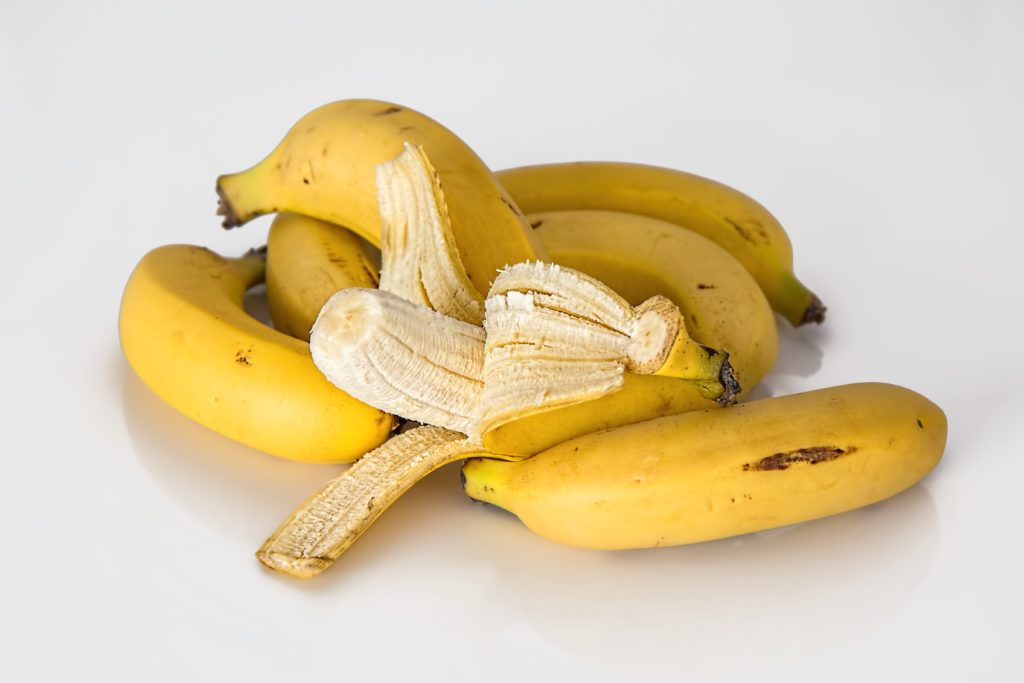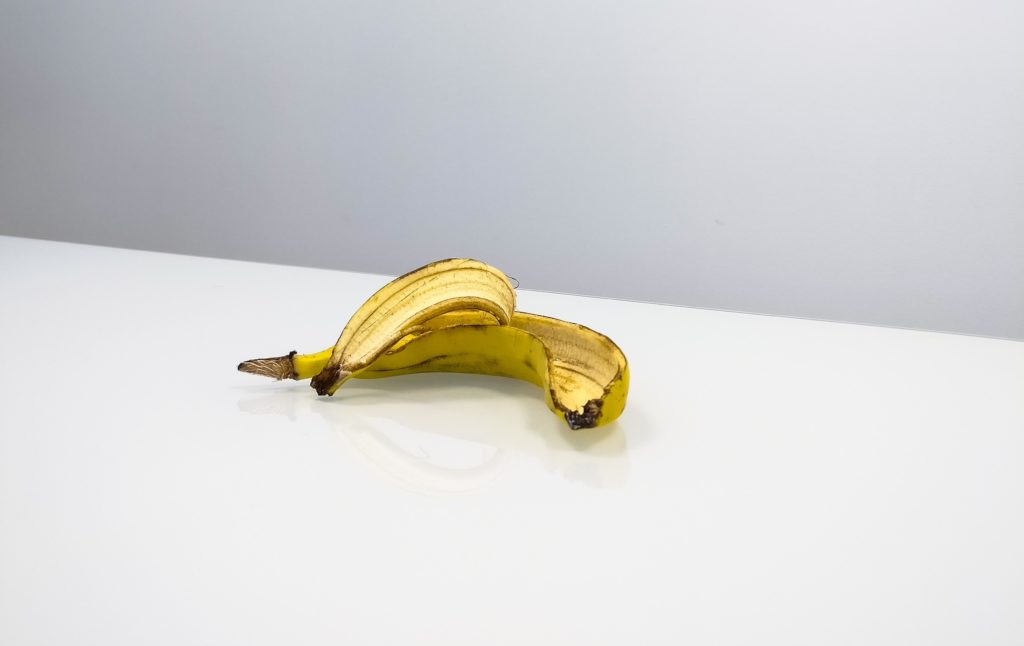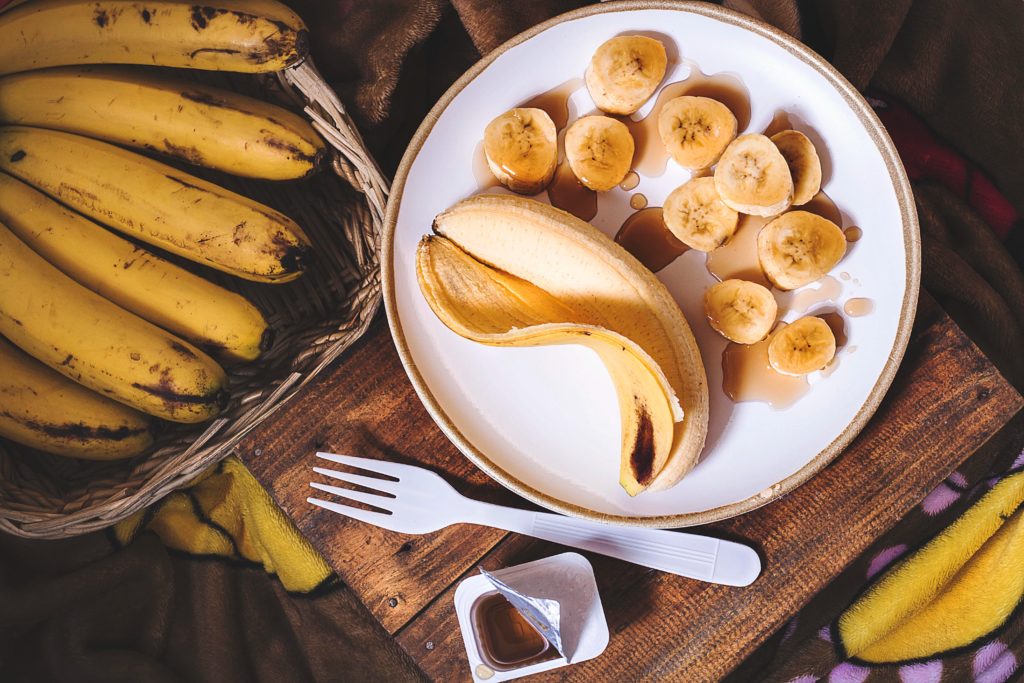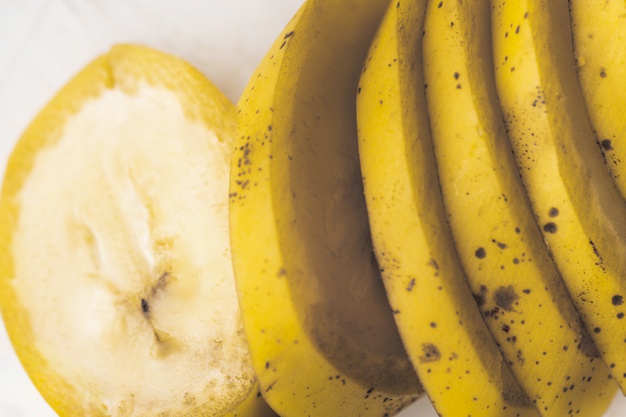Can and Should You Be Eating the Banana Peel?
We know what you’re thinking: you probably read the title, shook your head in disbelief, and told yourself not to click. But, hear us out for a second. We all know the health benefits of consuming bananas, but what about the nutritional value of the peels?
After all, several fruits are consumed entirely, peel included. So, what makes bananas different?
We were determined to find out and so we did a bit of digging. As it turns out, banana peels are pretty bitter albeit still edible. But, if you’ve ever had a wheatgrass shot before, you’ll know that nutritious foods are not always adored for their flavor.

West vs East: Eat or Toss the Banana Peel?
In Western culture, it’s common practice to peel a banana and toss the yellow casing. It’s been indoctrinated in our culture that banana peels are a form of waste to be disposed of, whether into the trash bin or onto the floor if you’re a prankster.
Once we realized this, we started to understand the way our culture has impacted our food habits. We don’t know about you, but we’ve never seen someone in public readily eating a banana peel. So, it probably just never occurred to us that that was even an option.
Whether they’re culturally acceptable to consume or not doesn’t change the fact that we may have been sleeping on a nutrient-packed food. So, we began researching how other cultures consume their bananas to see if there was something to be learned.
As it turns out, banana peels are eaten in some Eastern cuisines, especially in India. And it doesn’t appear to be a passing fad. We found decades-old recipes that explained different ways to fry, bake, and boil banana peels so that they are palatable to eat. But, why all the hassle?
Well, in addition to the nutrients in the flesh of the fruit, the peel is full of vitamins and fiber. Essentially, consuming the peel just helps boost the health benefits that can be obtained from the fruit. Many opt to cook banana peels so that they are softer and easier to digest and while others believe that they can actually aid in digestion due to their fiber content.
In countries that don’t have regular access to vitamin supplements, this extra bit of nutrition can make a huge difference in their overall health. It’s something we don’t even consider because of the accessibility of vitamins and nutrient-rich food we have in Western countries.

So yes, in some cultures, people do eat the banana peels. But what about their place here in America? Well, there may be a more creative application here in the West and it may surprise you.
There has been a growing movement of sustainable living and healthy eating that has surmounted across the US. This has lead many to adopt a vegan lifestyle — one where they neither consume nor use animal products.
When people first hear this, they often assume that vegans just eat fruit and salads for every meal of the day. What has evolved is quite the contrary. Vegan foodies everywhere are finding creative ways to make their favorite meals sans meat.
Times are Changing
Last year, the world discovered that shredded jackfruit can act as a meat substitute. Due to its stringy texture and ability to soak up flavoring, it is most commonly used as a form of “pulled pork”. The only downside, however, is that it is expensive and difficult to find in supermarkets. But you know what is cheap and readily available? Bananas.
Believe it or not, vegan chefs have found a way to capitalize on the nutritional benefits of banana peels while making a delicious, animal-free meal. And who’s to say that we won’t discover more uses for this part of the banana? Only time, and Pinterest, will tell.

Skepticism Around the Nutritional Value of the Banana Peel
While others seem to be on board, there is definitely quite a bit of skepticism, as well. Heck, you might’ve clicked on this post just to see if we were serious! There are surely some pros to consider but it wouldn’t be without a couple of cons.
For starters, scientists are somewhat skeptical about the “magical” benefits of eating banana peels. In their eyes, there are numerous other ways to consume fiber, protein, and vitamins. Ways that are much more enjoyable than munching on a banana peel.
A lot of food scientists also see a psychological factor at play here. People are always looking for new avenues to unlock the key to health. The grapefruit diet. Juice cleanses. Eating literal baby food. All are just a few of the crazy methods people have used to try and lose weight to become “healthy.”
There’s a lot to be said about this type of eating but we’ll keep it simple and say this: if it seems too good to be true, it probably is. And the same could be said for consuming banana peels. After all, if they had been revered for their amazing nutritional value, why do so few people eat them on a regular basis?
Sustainability and Reducing Waste
Another common reason people opt to chew on their banana peels has to do with sustainability. After all, humans are becoming more wasteful every year and it’s putting a strain on the planet.
The improper disposal of food waste still contributes to pollution, regardless of how readily it decomposes. As it breaks down, fruit releases ethylene gas, the same gas that helps ripen the flesh.
It’s important to note that ethylene is classified as an indirect greenhouse gas. Essentially, this means that, while they don’t cause excessive atmospheric warning, these gases definitely help enable it.
This may not seem like much of a concern when your choosing between eating your banana peel or throwing it away. But, when you take into account that 50% of produce, or 60 million tons to be exact, gets thrown away in America annually, you’re looking at a much larger problem.

With this in mind, some people are pursuing “zero-waste” lifestyles. This way of living is exactly as it sounds: there is great care taken to avoid creating unnecessary waste. One of the common practices included in this way of living is the belief that no food should be wasted. Under these circumstances, it makes perfect sense why someone would feel compelled to eat a banana peel.
But, it can’t go without saying that there’s a much simpler way to handle food waste. Composting is an excellent method of discarding what remains once the produce has been consumed. Not only does it speed up the break-down process and cut down on pollution, but also leaves you with all-natural fertilizer to use in your yard.
In this instance, consuming the rinds and peels of your produce would just be unnecessary. Plus, it may be putting you in harm’s way.
If the banana has not been thoroughly cleaned, depending on how the fruit has been produced, there could be pesticide residue left behind. The chemicals used in the mainstream production of bananas are incredibly harmful if ingested over a long period of time. If you still feel compelled to consume your banana peel, a good wash is in order to prevent any unwanted chemical exposure.
So, what do you think about all of this? Do you think the people eating bananas, peel included, are crazy? Or do you see some weight to the benefits? Let us know in the comments, we’re interested to know where you stand.

Leave a Reply